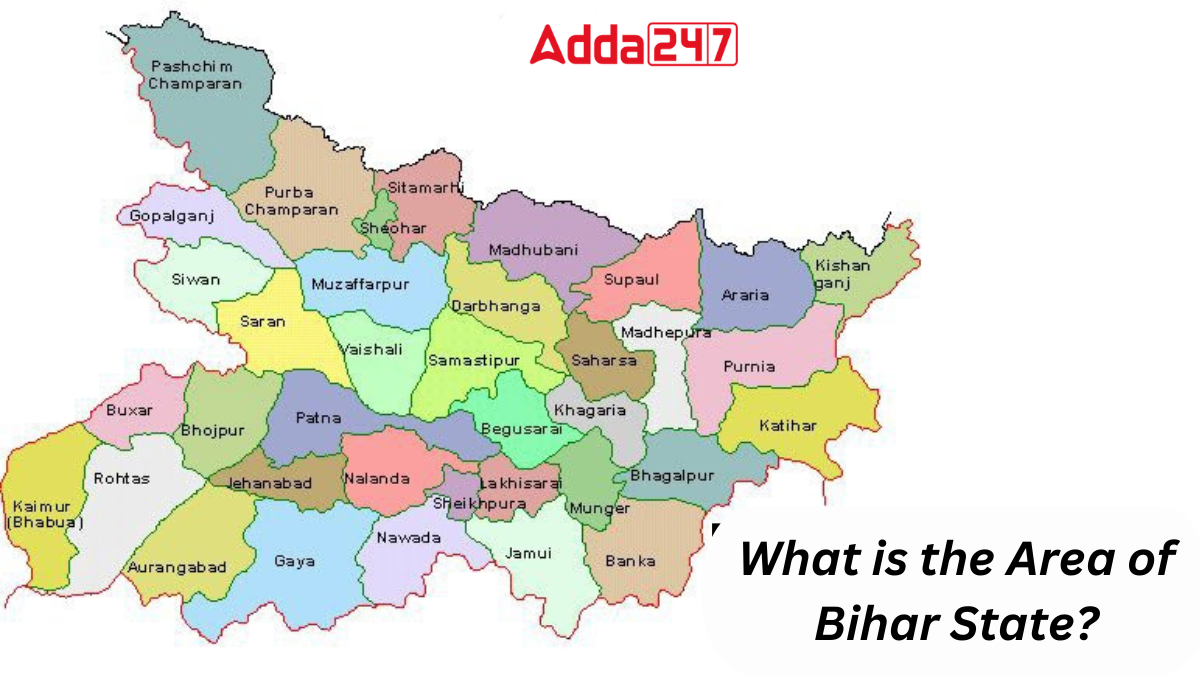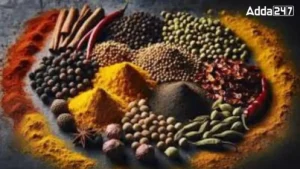Bihar, located in eastern India, is one of the country’s most historically significant states. It is the 12th most populous state, housing over 103 million people. The state boasts a rich cultural heritage and has played a crucial role in India’s history. The capital of Bihar is Patna, and the current Chief Minister is Nitish Kumar. Governed by a parliamentary system as per the Constitution of India, Bihar stands out for its historical importance and ongoing socio-economic challenges.
Historical Significance of Bihar
Bihar’s history dates back to ancient times, with the name first recorded in the Mahabharata, a major Hindu epic. It was the cradle of powerful empires like the Maurya and Gupta empires. The state has been a center of learning and culture for centuries, contributing great scholars such as the Buddhist monk Nagarjuna and the mathematician Aryabhata. Bihar is notable for its rich cultural and intellectual heritage, with landmarks like the Mahabodhi Temple, a UNESCO World Heritage Site, highlighting its historical importance.
Geographical Significance of Bihar
Bihar is situated in eastern India and is bordered by Uttar Pradesh, Jharkhand, and West Bengal. The state is characterized by its diverse geography, with the Gangetic plains in the north and the Chota Nagpur plateau in the south. The Ganges River, which flows through the center of the state, holds religious significance for Hindus. The Sone and Kosi rivers also traverse the northern part of Bihar. The state’s climate is tropical, with hot summers and cool winters. Bihar’s fertile lands are crucial for agriculture, while its mineral resources, including coal, iron ore, and mica, add to its geographical significance.
Total Area of Bihar
Bihar covers an area of approximately 94,163 square kilometers. This makes it one of the medium-sized states in India. The state is divided into two major geographical regions: the Gangetic plains, known for their agricultural productivity, and the Chota Nagpur plateau, which is hilly and rich in minerals. The diverse topography influences the state’s agriculture, climate, and resource distribution.
Population of Bihar
With a population exceeding 103 million, Bihar is the 12th most populous state in India and the third-most populous state overall. The population density is notably high, at about 1,106 people per square kilometer. Patna, the capital city, is the largest city in the state. Bihar’s population is ethnically and culturally diverse, with Hinduism being the predominant religion, followed by Islam. Hindi is the most spoken language, along with other languages like Urdu, Maithili, and Bhojpuri.
Administrative Divisions of Bihar
Bihar is divided into 38 districts, which are further subdivided into subdivisions and blocks. The administrative structure is designed to facilitate governance and development across the state’s diverse regions. The districts are organized into divisions, each managed by a divisional commissioner. The state’s administrative setup is crucial for implementing policies and managing resources effectively.
Economy of Bihar State
Bihar’s economy is predominantly agrarian, with major crops including rice, wheat, maize, pulses, and oilseeds. The state also has a significant livestock population. Despite its rich natural resources, including coal, iron ore, and mica, Bihar remains economically backward compared to other Indian states. The per capita income in 2016-17 was among the lowest in India, though there has been improvement over the years. The state has seen progress in poverty reduction, with the poverty rate decreasing from 54% in 2004-05 to 38% in 2011-12. However, challenges like unemployment, crime, and corruption continue to affect its economic development.




 Which Crop is known as the King of Oilse...
Which Crop is known as the King of Oilse...
 Which River is known as the Gold River o...
Which River is known as the Gold River o...
 Which Country is Known as the Land of Sp...
Which Country is Known as the Land of Sp...







